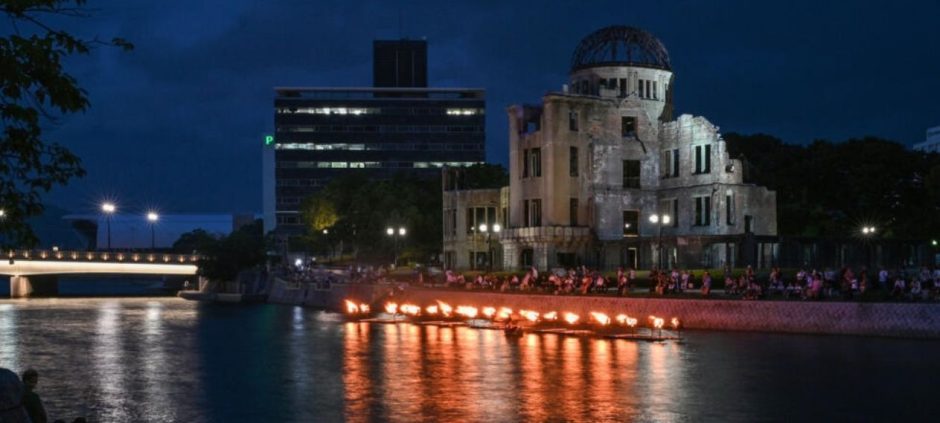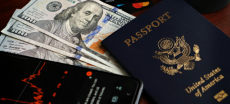Japan marked the Hiroshima anniversary 2025 on Wednesday, 80 years after the atomic bomb devastated the city. The solemn ceremony took place at 8:15 am, the exact time the U.S. dropped the bomb known as “Little Boy” on August 6, 1945.
Hundreds gathered in silence at Hiroshima Peace Memorial Park. Survivors, schoolchildren, and officials laid flowers and offered prayers in front of the cenotaph, with the atomic dome ruins in the background.
The bombing killed around 140,000 people. Some died instantly, while others later suffered from radiation exposure. Three days later, a second bomb hit Nagasaki, claiming 74,000 more lives. These bombings led to Japan’s surrender and the end of World War II.
Prime Minister Shigeru Ishiba spoke at the event, calling for a world free of nuclear weapons. He said Japan must lead efforts for global peace. Hiroshima’s mayor, Kazumi Matsui, warned against growing military tensions worldwide, especially amid conflicts like Russia’s invasion of Ukraine.
Matsui noted that these developments ignore the lessons from Hiroshima and Nagasaki’s devastation.
The 2025 ceremony saw representatives from about 120 countries and regions, including Taiwan and Palestine for the first time. The United States was represented by its ambassador, while Russia and China did not attend.
Survivors, known as hibakusha, shared emotional memories. Yoshie Yokoyama, 96, recalled losing her parents and grandparents to the bomb’s effects. “People are still suffering,” she said, urging the world not to forget.
Currently, fewer than 100,000 hibakusha remain, with an average age of 86. Nihon Hidankyo, a group advocating for nuclear disarmament, continues to share its stories globally.
United Nations Secretary-General António Guterres warned of growing risks. He said nuclear weapons are again seen as tools of power and pressure. Pope Leo XIV also issued a statement, calling Hiroshima and Nagasaki “living reminders” of nuclear horror.
The Doomsday Clock, maintained by the Bulletin of the Atomic Scientists, now stands at 89 seconds to midnight. This is the closest humanity has ever been to symbolic destruction. The shift reflects rising tensions between nuclear powers, especially the United States and Russia, who together hold about 90% of global warheads.
The Stockholm International Peace Research Institute (SIPRI) recently warned of a new nuclear arms race. Most of the nine nuclear-armed countries are modernizing their arsenals as global arms control agreements weaken.
Despite the grim outlook, survivors like Kunihiko Sakuma believe in hope. “The younger generation is working hard for a nuclear-free world,” he said.
Learn more about how the U.S. report revealed the disaster was preventable in this detailed analysis: Titan sub disaster was preventable, U.S. finds in scathing report











